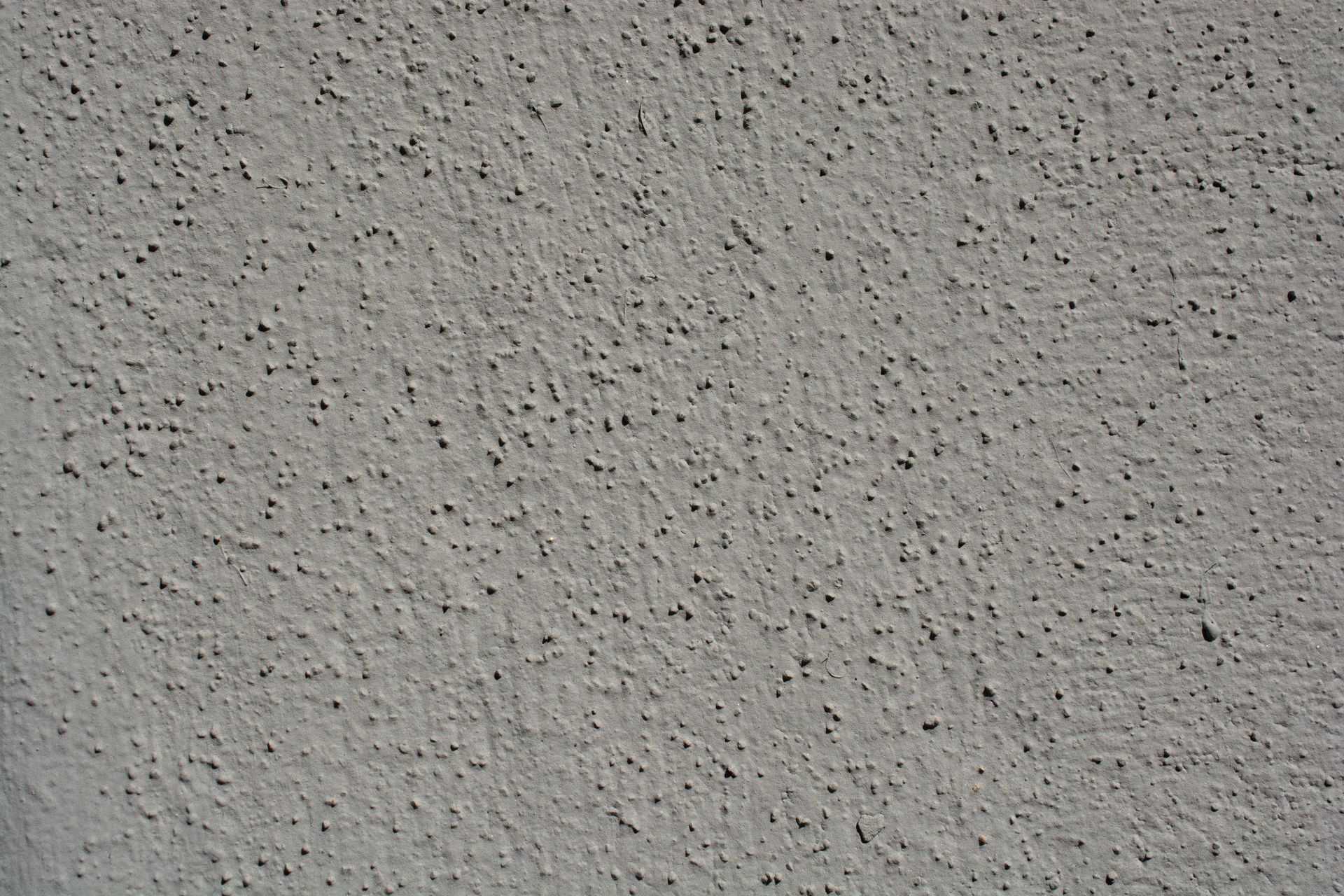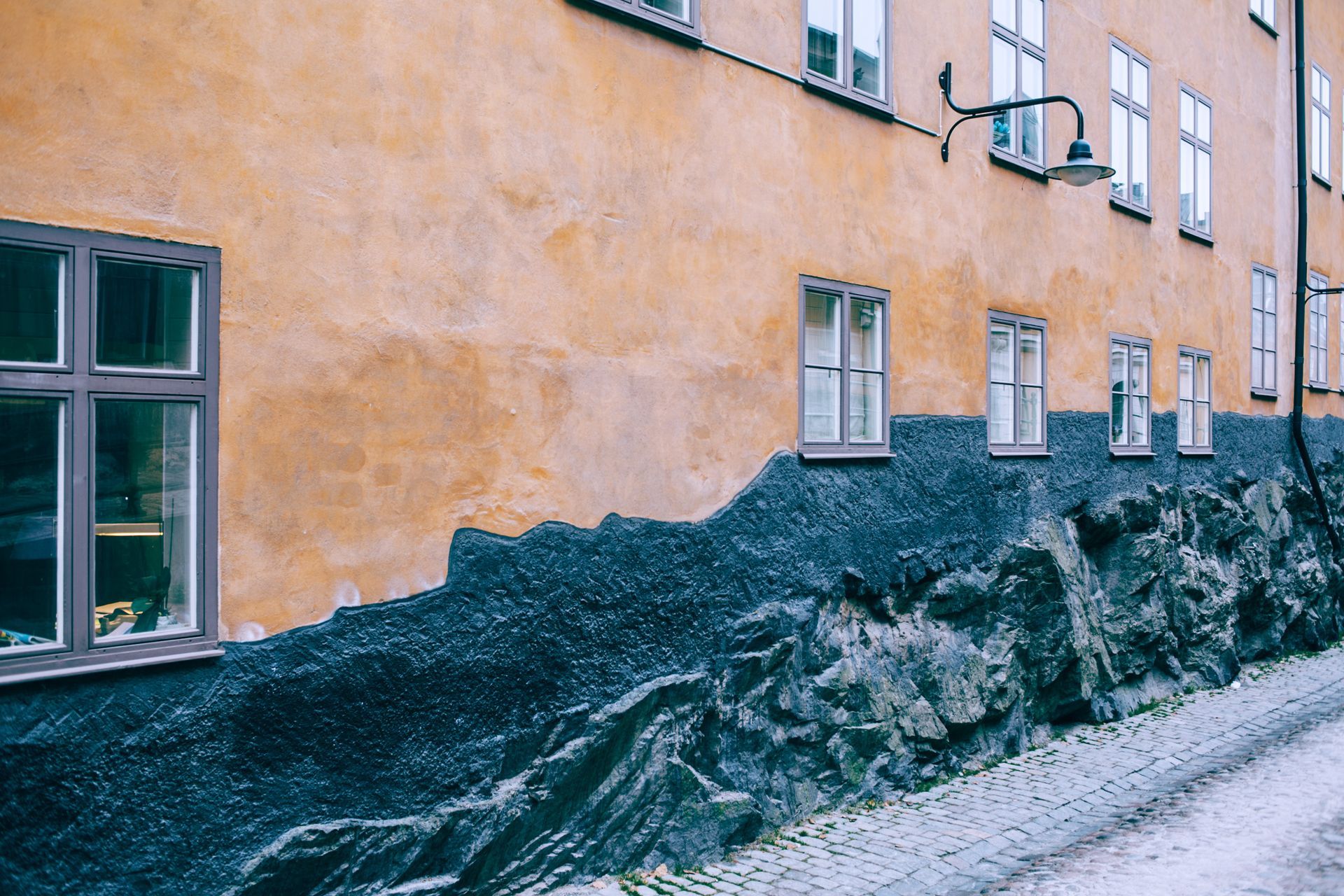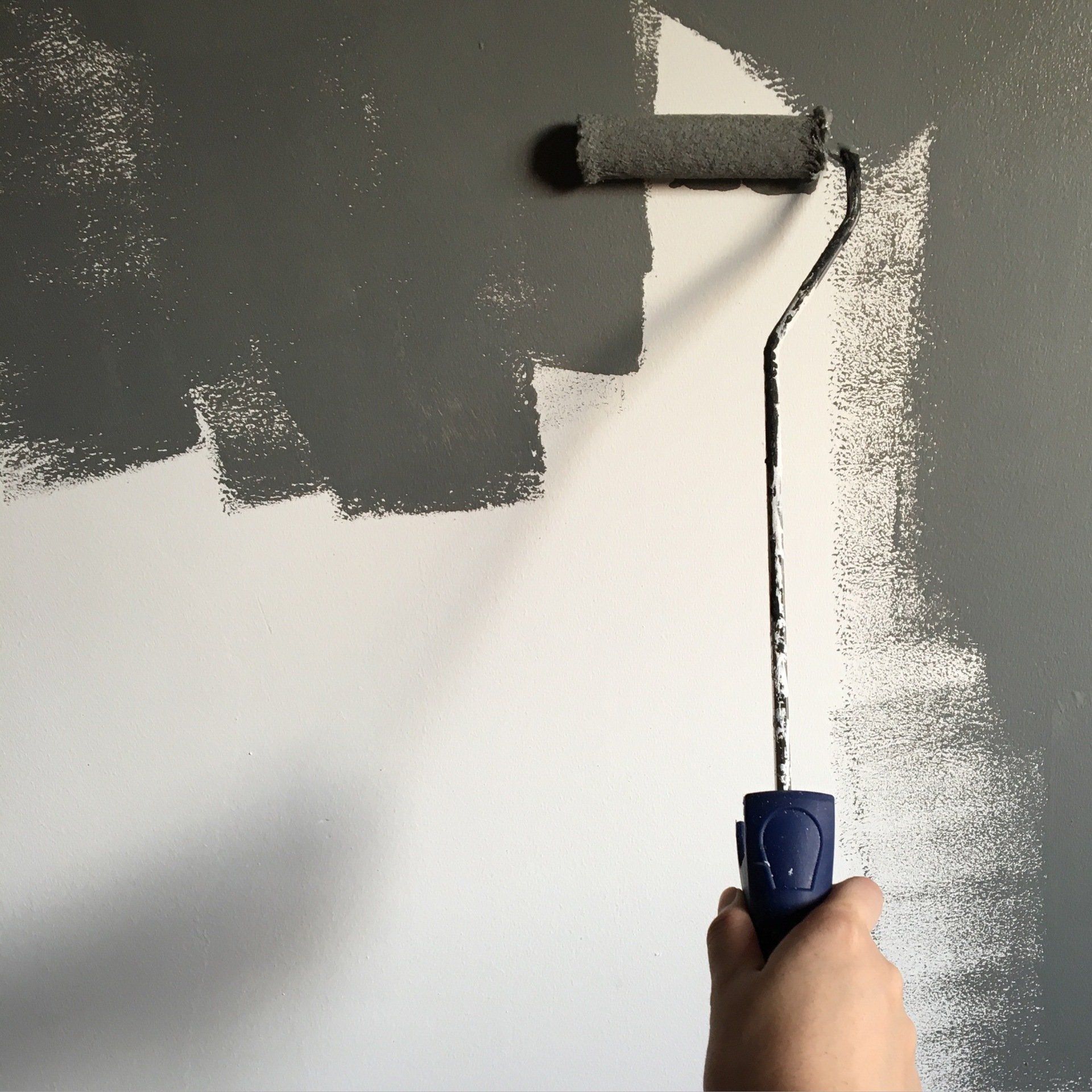Stucco's Life Expectancy
Stucco's Life Expectancy
Stucco is the result by mixing of Portland cement, sand, and water. It has been used for centuries to cover the exterior and interior walls of buildings and homes. Stucco can be applied wet on a brick or stone wall or onto a wooden lattice or metal lattice. Then, it is allowed to dry. A stucco surface can last up to 100 years if it is properly applied, maintained, and cleaned.
Application
Stucco should be applied in three coats to ensure it remains a strong building material. Each of the first two coats (the "ground" and then "scratch") should be approximately 3/8 inches thick. The "finish," or third coat, can be as thick as one inch. Both drainage points and expansion-contraction joints should be installed into the stucco to prevent moisture buildup and allow for temperature changes; if these are not installed correctly, even the most masterfully-applied stucco will crack.
Aging
Stucco will generally remain stable for twenty years. The stucco will begin to separate from the wall below it after this period. Repairs are needed at this point, or the stucco will eventually fall apart completely.
Repairs
You may need to replace porous masonry underneath the stucco or patch the areas with stucco mixed in lime. This will increase the adhesion. Painting stucco that has been damaged is common. It will also increase the stucco's resistance against moisture and slow down its aging.
Preventative Care
Regular cleaning of stucco walls will prevent dirt buildup. Use a garden hose to pre-wet the stucco. Make sure that it is fully saturated. To flush out dirt, run the water from top to bottom. Let dry completely. Regular inspection of stucco walls is recommended. Pay particular attention to the areas around doors, windows, and drainage pipes. This will allow you to spot cracks and other problems. These spots may require repair to moisture damage. If caught early, they won't compromise the structural integrity of the stucco.
Request a quote
You might also like


